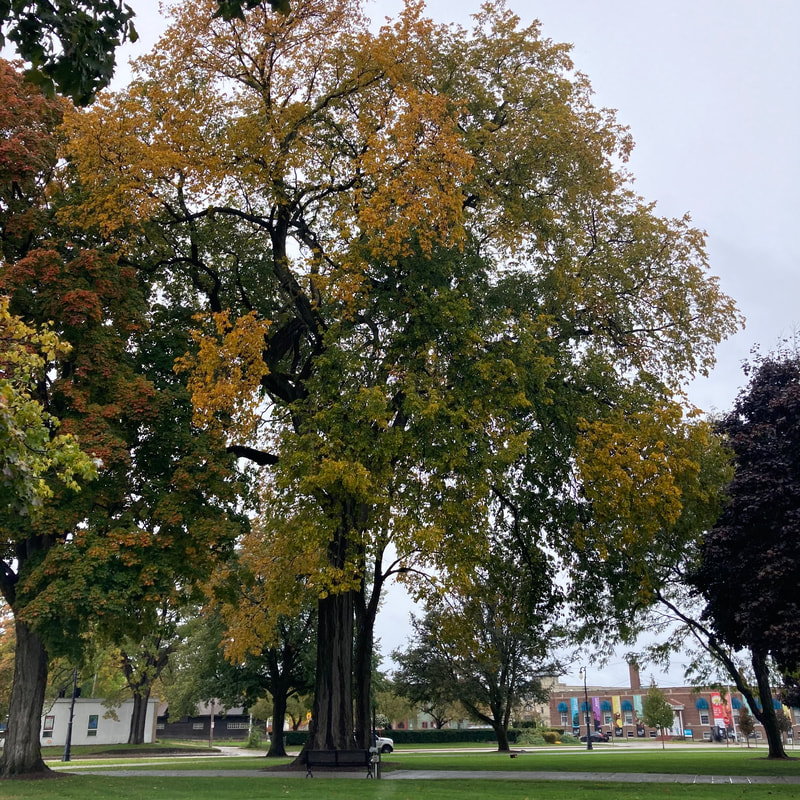|
Photo and article by Donna Iverson Survivor elm. That’s what a lone elm tree is called when it is the sole tree of its species still standing, maybe within a mile radius. Scientists believe these survivor elms have some kind of genetic resistance to Dutch elm disease. They are identifying and studying these elms in the hope of restoring the elm tree in greater numbers in the landscape. The Michigan Department of Natural Resources (DNR) is leading the effort in our state. In cooperation with the US Forest service, the DNR is asking for information from anyone finding an elm tree in their neighborhood. The elm tree’s location can be reported at https://mucc.org/bringing-back-the-american-elm/ The DNR is collecting branches from elm trees. These samples are being used to create a seed orchard of genetically diverse and resilient American elm trees that will not succumb to Dutch elm disease, according to the United Michigan Conservation Club website. Several elm varieties are showing promise. They include varieties called Valley Forge, Lewis and Clark, Jefferson and New Harmony. The American elm tree dates back to the Miocene geological era, approximately 20 million years ago. It was introduced to the Americas from Europe in the 1800’s and was popular with furniture makers. Soon it became the most popular shade tree in the eastern US and Midwest. It grew to 100 feet with a huge canopy that provided both beauty and shade for its owners. It can live to be 200 years old. Disaster struck in the early twentieth century. In 1921, two Dutch pathologists discovered the first signs of Dutch elm disease. The disease was not Dutch in origin but acquired its name from the nationality of the two Dutch women who identified it: Bea Schwartz and Christine Johanna Buisman. Dutch elm disease is a fungus spread by bark beetles. It spreads through the tree's vascular system, killing it in one to four years. The fungus can affect other trees also but that is rare. In the last 100 years, the disease has killed off 40 million American elm trees. Today, the nearly-extinct tree is slowly making a recovery.
0 Comments
Your comment will be posted after it is approved.
Leave a Reply. |
Archives
April 2024
Categories |

 RSS Feed
RSS Feed